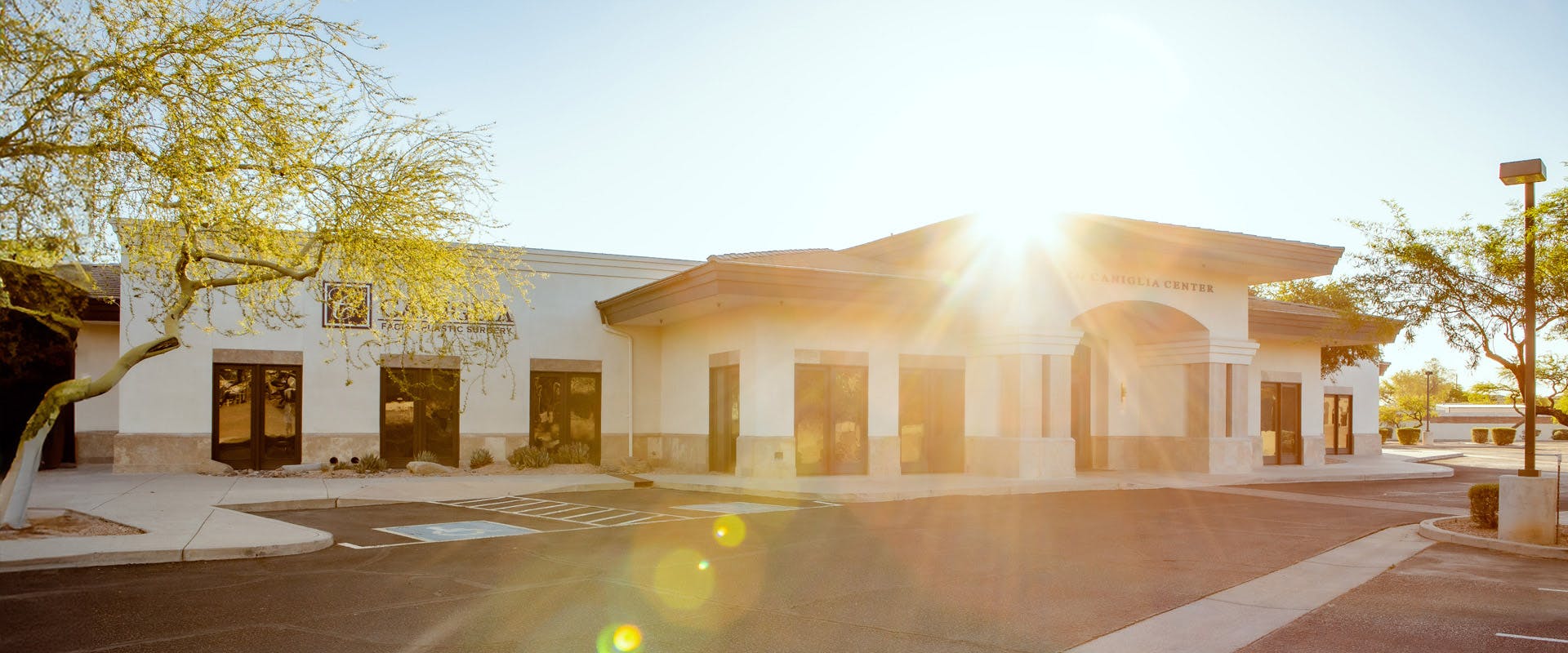Facial fat transfer has gotten a lot of press recently. Many people find this to be an intriguing alternative to other types of fillers because it uses your own fat tissue. Fat transfer can be useful in some patients, but it’s very important for patients to understand the limitations of this technique. One of the major limitations is that not all the fat that’s transferred will survive.
How is fat transfer performed?
A fat transfer procedure starts with liposuction on a different part of the body. This involves removing fat from a place where the patient would like to get rid of it, such as the abdomen or thighs. For some patients, having fat removed from another location is an advantage of fat transfer; however, for those who are very thin, there may not be enough available fat tissue to use for transfer.
Unlike in regular liposuction, the fat tissue must be treated very gently if it’s destined for fat transfer. This helps to preserve the cells, to give them the best chance of survival.
Fat transfer rate can vary
In order to survive in its new location, the fat tissue must establish a new blood supply in order to survive. The exact amount of fat that ends up surviving can vary. A recent study found that it can be anywhere from about 20% to about 80%. The surgical technique can make a difference, so it’s important to go to someone with experience. However, everyone’s body is different, and there’s just no way to know for sure how much fat will remain in your body.
Whatever fat tissue doesn’t successfully establish a new blood supply will simply die off and be reabsorbed by the body. You’ll notice this as a slow melting away of the volume that was added to your face. Generally, the fat tissue will stabilize within about six months.
All fat tissue varies with weight gain and loss
After the initial period, whatever fat tissue is still remaining will remain permanently. This is a major advantage of fat transfer for many patients. Unlike most fillers, which need to be repeated periodically to maintain the results, the results of fat transfer are permanent. If you’re happy with the amount of fat tissue remaining after it stabilizes, then you won’t need to repeat the treatment.
However, there’s a huge caveat. The fat tissue that’s transferred into your face will act exactly like fat tissue on other parts of your body. If you gain or lose weight overall, the fat in your face will fluctuate along with the rest of you. If you’re happy with your results, but then you gain weight (which is very common with aging), then you may no longer like the way that you look.
In addition, because not all the fat tissue survives, some patients aren’t satisfied with their results after the fat stabilizes. This may result in going back to the operating room to have another fat transfer procedure. Although it’s not a particularly difficult or dangerous procedure, it’s important to recognize that although the fat transfer is considered to be permanent, this doesn’t mean that you won’t need to have it more than once to get the results that you looking for.
Scottsdale facial fat transfer
Facial fat transfer sounds like a very attractive option to many patients – it’s all-natural, uses only your own tissue, and offers permanent results. However, it’s important to make sure that you understand what you’re getting into.
Fat transfer may be right for you, or another option might be better. Other options for adding volume to the face include a variety of different fillers. If you want to learn more about your options, we invite you to come in for a consultation. Dr. Caniglia will be happy to explain your options to you and help you to decide what would be most likely to meet your goals for your appearance. You can book your consultation by simply contacting our front desk.




